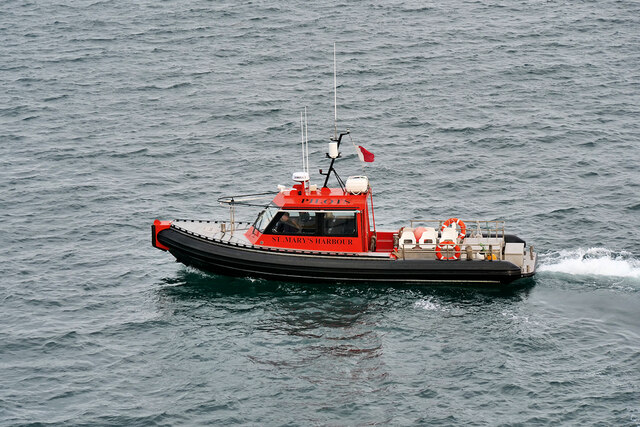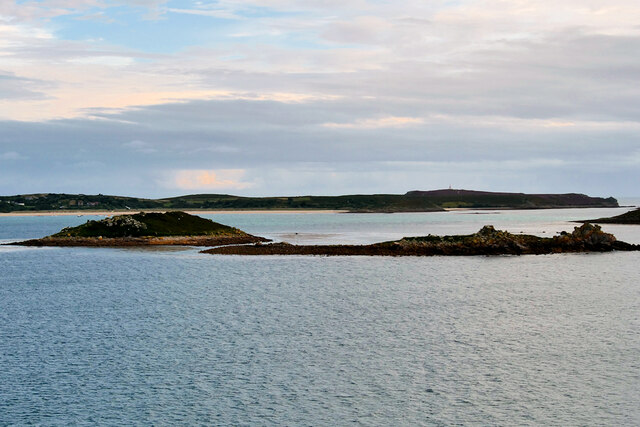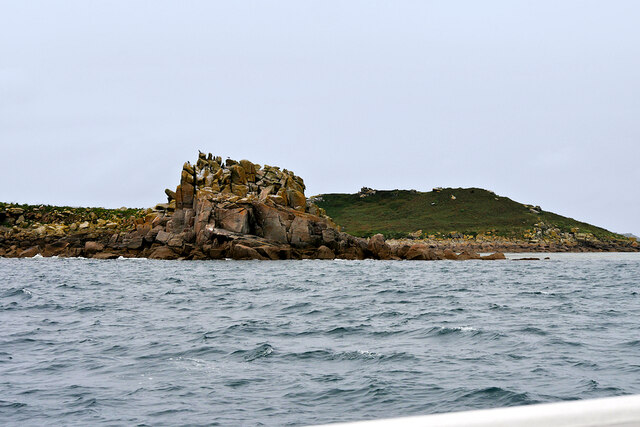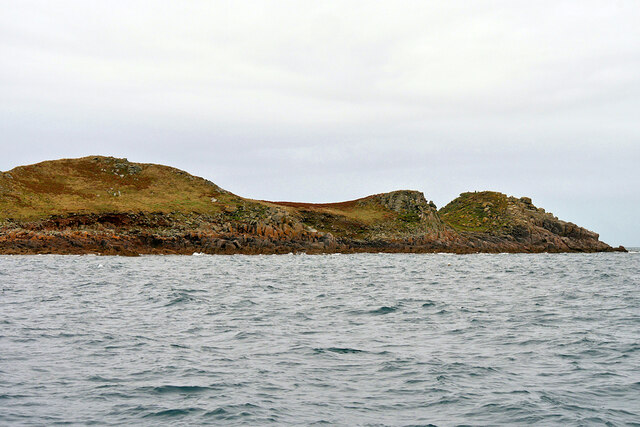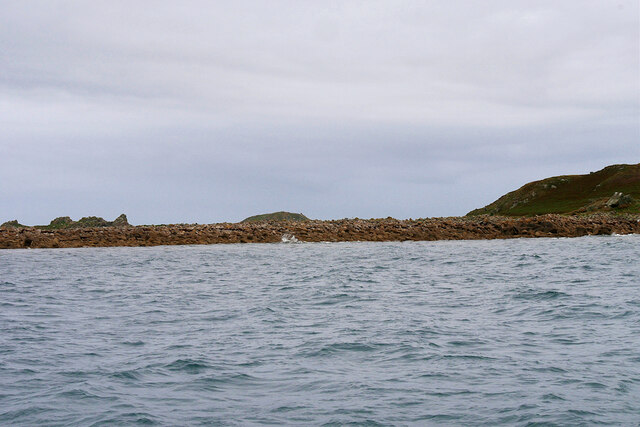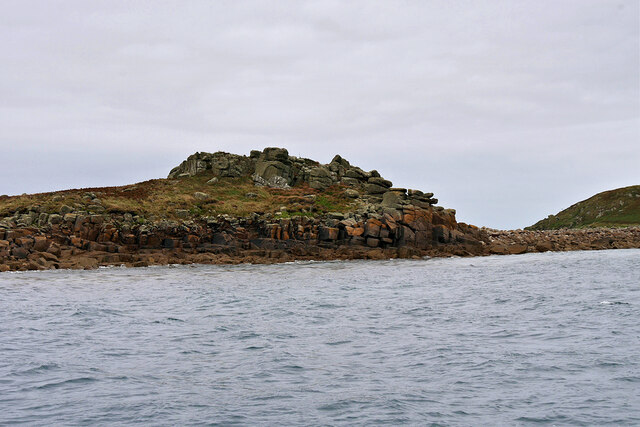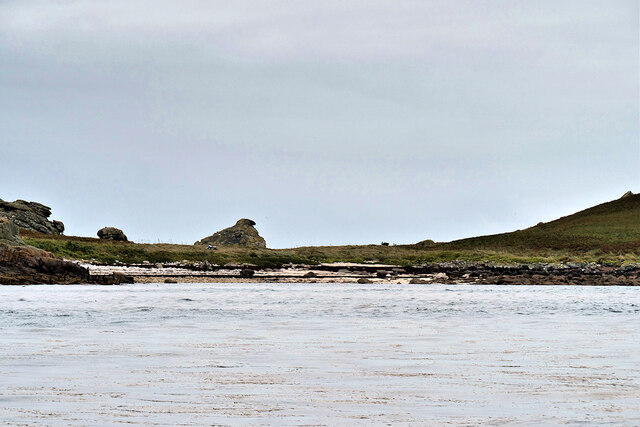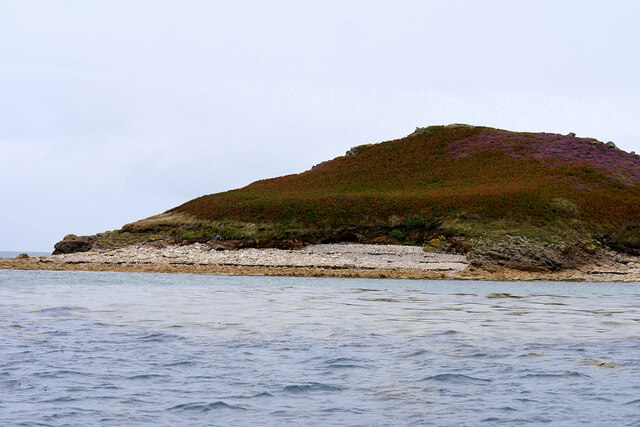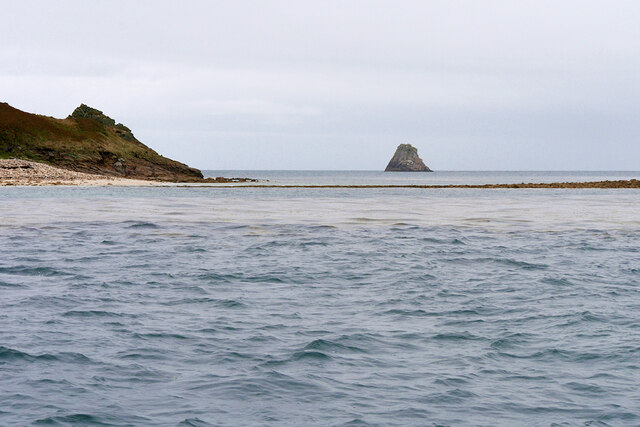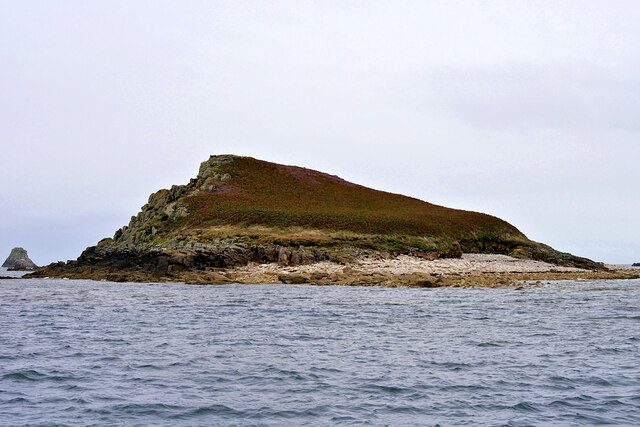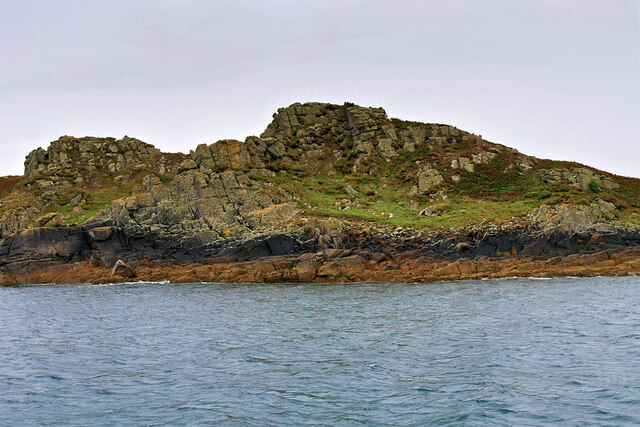Arthur Head
Coastal Feature, Headland, Point in Cornwall
England
Arthur Head
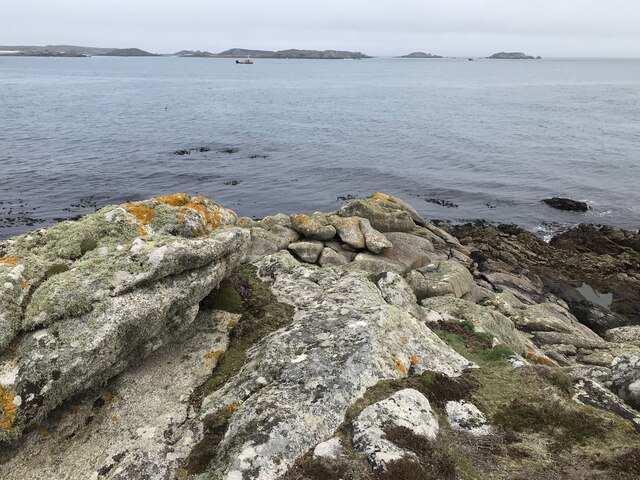
Arthur Head is a prominent headland located on the southern coast of Cornwall, England. It is situated near the town of Newquay, approximately 3 miles south of the town center. This coastal feature is characterized by its rugged cliffs, sweeping views of the Atlantic Ocean, and its picturesque surroundings.
The headland is named after the legendary King Arthur, who is said to have fought battles in this area. It is a popular tourist destination, attracting visitors with its natural beauty, rich history, and recreational opportunities. Arthur Head offers stunning panoramic views of the coastline, providing an ideal spot for photographers and nature enthusiasts.
The cliffs of Arthur Head are composed of sedimentary rocks, which have been shaped and eroded by the relentless force of the ocean waves. The rugged terrain is home to a diverse range of flora and fauna, including various seabirds and rare coastal plants. The headland also features several walking trails that allow visitors to explore its unique geological formations and observe the local wildlife.
In addition to its natural attractions, Arthur Head boasts a number of man-made features. At the top of the headland, there is a historic lookout point that was once used by coastguards to spot incoming ships. This vantage point offers breathtaking views of the surrounding area and serves as a reminder of the region's maritime heritage.
Overall, Arthur Head is a captivating coastal feature that combines stunning natural scenery with a rich cultural history. Whether visitors are seeking relaxation, adventure, or a glimpse into the past, this headland has something to offer for everyone.
If you have any feedback on the listing, please let us know in the comments section below.
Arthur Head Images
Images are sourced within 2km of 49.942295/-6.2634074 or Grid Reference SV9413. Thanks to Geograph Open Source API. All images are credited.

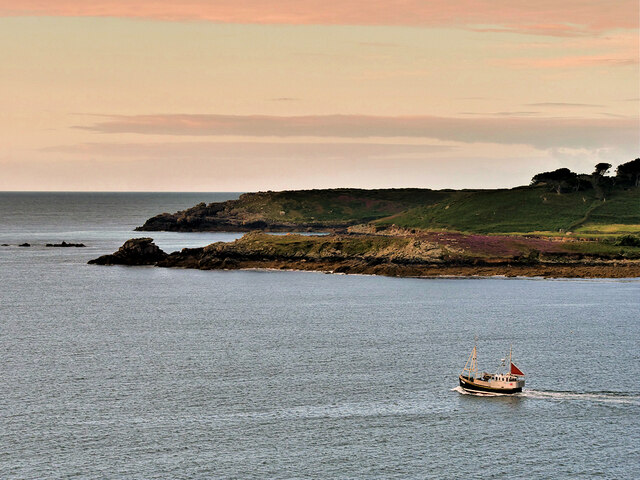
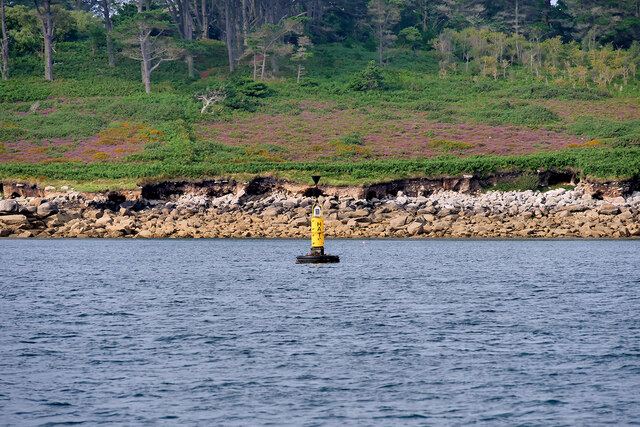
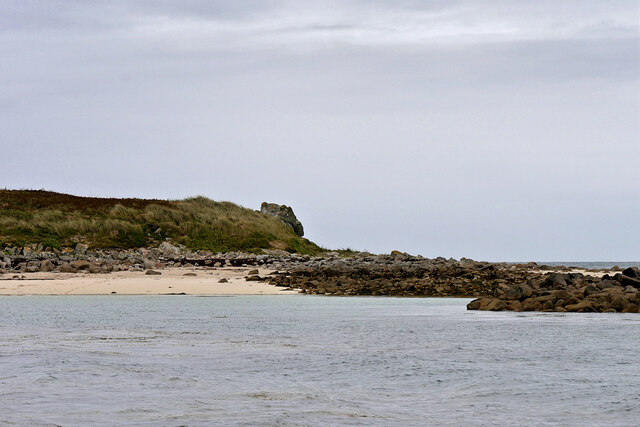
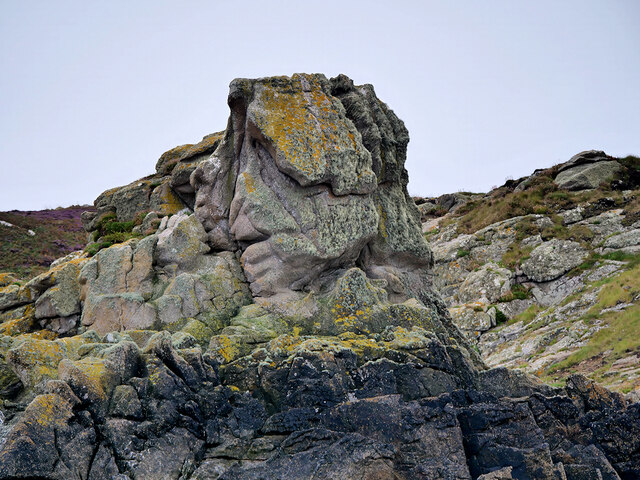
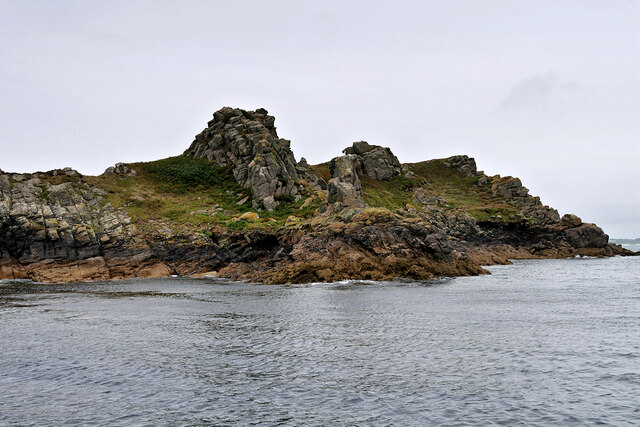
Arthur Head is located at Grid Ref: SV9413 (Lat: 49.942295, Lng: -6.2634074)
Division: Isles of Scilly
Unitary Authority: Isles of Scilly
Police Authority: Devon and Cornwall
What 3 Words
///petrified.hurls.media. Near St Martin's, Isles of Scilly
Nearby Locations
Related Wikis
Wheel Wreck
The Wheel Wreck is the remains of a shipwreck lying in Crow sound off Little Ganinick in the Isles of Scilly. The wreck site consists of a discrete mound...
Great Ganilly
Great Ganilly ( gə-NIL-ee; Cornish: Goonhyli Veur, lit. 'great saltwater downs') is one of the Eastern Isles of the Isles of Scilly. It has a maximum total...
Eastern Isles
The Eastern Isles (Cornish: Enesow Goonhyli, islands of the salt water downs) are a group of twelve small uninhabited islands within the Isles of Scilly...
PS Earl of Arran (1860)
PS Earl of Arran was a passenger vessel operated by the Ardrossan Steamboat Company from 1860 to 1871 and the West Cornwall Steam Ship Company from 1871...
Nearby Amenities
Located within 500m of 49.942295,-6.2634074Have you been to Arthur Head?
Leave your review of Arthur Head below (or comments, questions and feedback).
